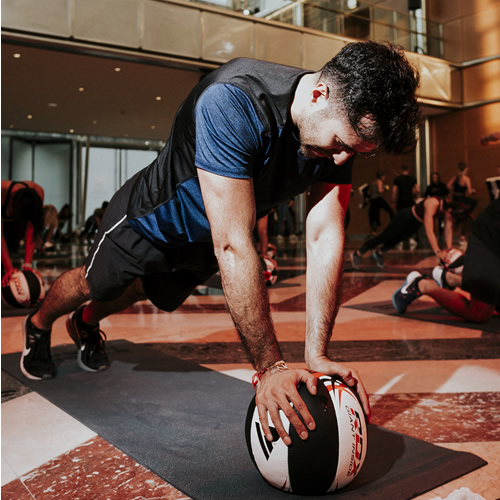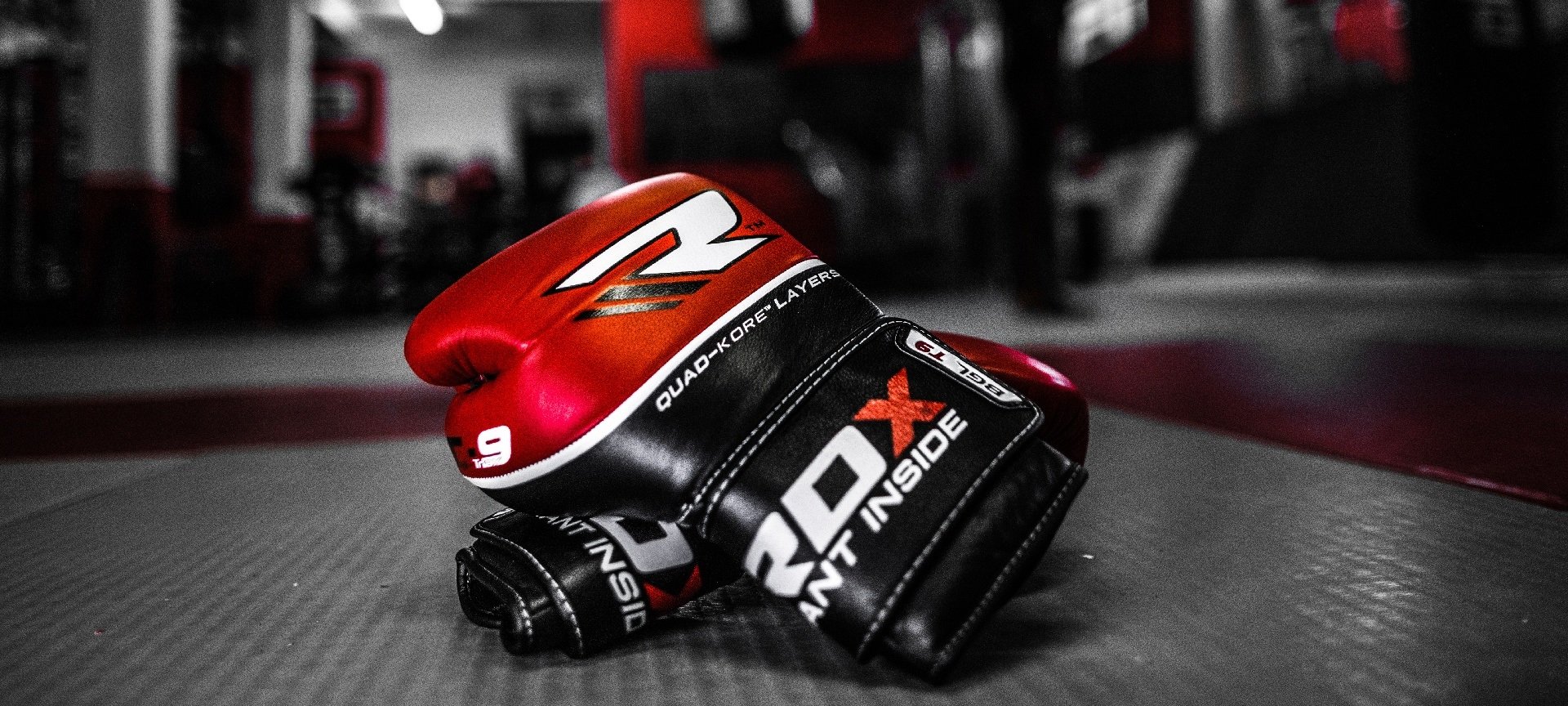Choosing the right pricing strategy for your gym can be a big challenge. Before you establish which is best for your gym, you need to ensure that you have all the right data and information to make the right pricing call.
Have you got your finger on the pulse of your local community? Because there are three sources of information you need to know to make your pricing competitive, unique or just standout.
- Customer demographics
- Competitor gym pricing
- Market positioning
These three key components of your gym pricing will answer some of the core pricing questions you have, like:
Is my pricing competitive?
Can I attract the right customer?
How many members do I need to break even?
Will my pricing produce an optimum profit?
What Are Your Gym Customers Demographics?
Who are your customers? Where are they coming from; are they local or do they travel far to your facility? Your customer demographics are important. Appealing to the right ones will help them visit frequently, while ensuring they recommend you to others too.
Here are a few significant categories you should be exploring when looking at your gym demographics:
Population - Are there enough people in your area to support a gym of your size? Can you attract the minimum number you need to support your financial projections?
Income - What level of income does that population earn? Are they likely to earn the minimum required to recognise your facility as an attractive and beneficial outlet to spend their income on?
Disposable Income - This is the key finding of the first two categories. What are your demographic spending money on in your area; what other entertainment, health outlets or fitness products and services are they paying for?
Age - What age demographics are represented in your area, are they young or old and can you offer packages that cater to both young and old? What about professionals or those that have kids?
Gender - There is a wealth of data that suggests women are more likely to be members of fitness clubs than men, the IHRSA report that less than 40% of health club members are men.
There are also other demographics that you should be identifying within your consumer research such as marital status, education, ethnicity and occupation.
Your gym pricing strategy is going to take into account these varying factors and your offering will aim to target them.
What Is Your Competition's Price Point?
Analyse your market and have a good look at the other gyms in your immediate area. Even if they are a leisure facility, fitness club or other kind of sports club. Find out what they are offering and what their membership schemes are.
The most important aspect of pricing your gym memberships is looking at the competition in your area. The PTDC agrees and asks three essential questions when considering opening up a new fitness facility:
- Is there competition?
- What makes you different from your competition?
- What are they offering?
 Without knowing the answers to these three questions you will struggle to position yourself effectively in the fitness market in your area.
Without knowing the answers to these three questions you will struggle to position yourself effectively in the fitness market in your area.
So take a good look at the other gyms in your area - nearby, local and in your wider area. Find out what special offers they have on and have a clear understanding of what type of membership packages they offer.
Your customers are going to know what is being offered in nearby gyms, and you need to understand this too. They will have clear ideas on what they are expecting to pay and what they are going to get for their hard earned money.
So you have two choices: either offer a similar style of pricing; one that is familiar and easier to compare; or offer something a bit different; one that will make your offering stand out more and highlights the unique features of your gym.
By doing this you'll be able to position your competitors in a hierarchical pricing category where you list their offers, facilities and cost.
If you can determine the value of your competitor offers, then you will be able to offer something either MORE valuable or LESS costly.
But you can only determine your local USP by finding out what your competitors are up to; their value, facilities, offers and pricing will determine THEIR value and YOUR positioning.
Positioning Your Gym in Your Market
Positioning is the aspect of your pricing strategy that looks at differentiating your brand with that of your competitors.
At either side of the spectrum is either high-end gym or a low-end gym; the high-end gym has the best decor, the best machinery and equipment, the most personal trainers and a complete array of services and facilities; the low-end gym looks at quantity over quality, more feet through the door and lower prices.
Where you position yourself will be dictated by your Gym Demographics and your Competition.
Higher-end gyms have:
- Higher membership fees
- More perks
- Lower gym congestion
- High quality branding
- Members who identify with the gym as a status symbol.
Lower-end gyms have:
- Higher footfall
- Lower membership fees
- Reduced range of machinery
- Fewer facilities
- Bigger class sizes.
Gym Pricing Strategies & Tactics
With all the other factors assessed you can concentrate on analysing where and what your gym pricing strategy will be. Incorporating an effective pricing strategy will help ROI. Get it wrong and it can cost you more than just profits.
Your gym pricing strategy is crucial in maximising the income-streams of your gym. Price too low and you could be missing out on profits and risking over-filling your floor space. Price too high and you'll just end up needing more members to make it viable.
So here are some factors you might want to consider in the initial stage of your pricing:
Free Trials - These help customers, who like to 'try before they buy', take a good look at what you have to offer before they commit. This is the time when it pays to set a good impression and assess what they are looking for, whether it is working out, machinery, PT, classes, body-building or just wanting to set their own regular workout. The Free Trial period is when you should be at or most inquisitive and helpful.
Introductory Rates - A low rate can be the difference between landing your fish and failing to hook it. Sometimes, all you need to do is add an extra piece of bait to your line to convince them to come aboard. And when they do, it usually means they stay on board. Offering 10% or 20% off for the first 3-6 months can help you secure yearly memberships allowing you to ensure they sign up for the full price in twelve months time.
Discounts - When someone finds a gym they like, they are more likely to tell their friends about it. It is often the case that many gym-goers enter into a kind of one-upmanship when discussing the merits of their own gym. So utilise this by offering discounts or incentives for introducers and offering friends and family discounts too.
Membership Plans - There doesn't have to be a one-size-fits-all membership rate. You can tier your memberships to include either everything (including free classes) or offer a lower rate that means classes like yoga or spinning are payable extras.
How Packaging, Bundling & Optional Extras Can Increase Gym Profits
Utilizing attractive packaging and bundling offers can give your pricing strategy more scope.
A popular type of gym membership package is offering bundles and add-ons. These can vary from including personal training and saunas to classes and personal lockers. Bundles have usually well thought out pricing points and are viewed as valuable purchases by the customers who don’t like paying for something that doesn't offer them any perceived value.
Gyms and fitness clubs can have a lot of facilities and services available to members. Making a list of everything that you offer and analysing their popularity can clarify what kind of services to bundle and what can be classed as optional extras.

You are going to find some 'core' services like your fitness machines are utilised most. Some classes might be more popular than others, and saunas and personal training might be used less often.
Ensuring that your pricing strategy allows for optimising the value of certain services over others can help both maximise your profit, as well as encouraging members to take up services they might not otherwise select.
So if you think that offering a free protein smoothie for all gym goers arriving before 7am will help increase your early-morning traffic then you should think about incorporating it into your bundles.
A key question to ask yourself is: What are your competitors offering and are you offering high value?
- Bundling is choosing tiered pricing that takes your members from a basic membership to your VIP rate. It is one monthly rate that entitles them to certain gym privileges based on the price they are paying. This could mean unlimited use of the gym classes, free towels, use of the pool and discounted parking.
- Bundling also helps to identify what aspects of your gym are important to certain demographic traits of members. For instance you could offer a membership bundle that utilizes an off-peak membership rate, one that is lower than a normal rate but means access is allowed at your non-prime time hours.
In addition to bundling or as extra to basic membership packages, you can add-on optional extras:
- Optional pricing allows your members to pay for services that they might not use very often in a sort of pay-as-you-go fashion. Obviously, this should be more expensive than your bundling options, or else your pricing won't work.
- Bundle pricing works on the assumption that much of the benefits in the bundle aren't always taken up by the member which will then subsidise the cost of those that do take up the service.
For instance for your optional pricing, are there features should that can be included that are also part of your core offering? Do you include things like beauty treatments, childcare and kids classes, or are they going to be part of your bundle?
Again a lot of this will be dictated by your initial research into your customer demographics.
Marketing Your Pricing Strategy
The degree of success your pricing strategy will have is directly proportional to the number of membership options sold. Pitching the right package to the right customer (as well as upselling further down the road) is key in making your gym maximise profits.
When marketing your bundles and add-ons always be clear on what services are being offered and how much they will cost. This is of major importance when pricing a low-end gym as members will always be looking to reduce their costs as much as possible in order to make it affordable for them to attend the gym as often as they can.
For high-end gyms, offering bigger prices must come with tangible benefits which means less upselling but allowing more services to be included.
There are a million variables to take into account when setting up the pricing strategy for your gym but by utilizing important factors such as demographics, levels of competition and your positioning you can use ensure that you are offering the right kind of pricing and taking advantage of pricing strategies like bundles and add-ons to bring in the maximum revenue streams into your gym.


